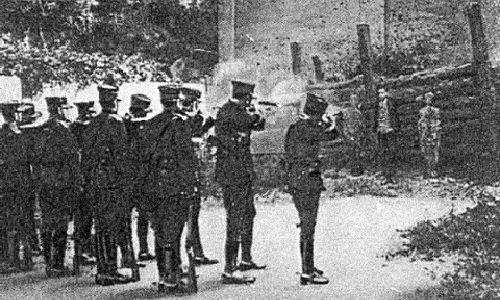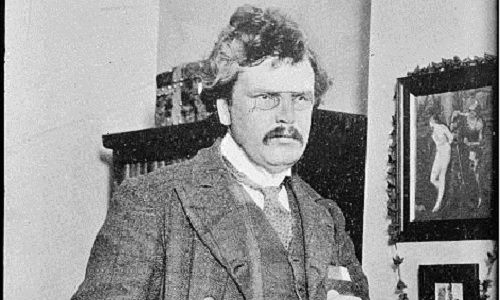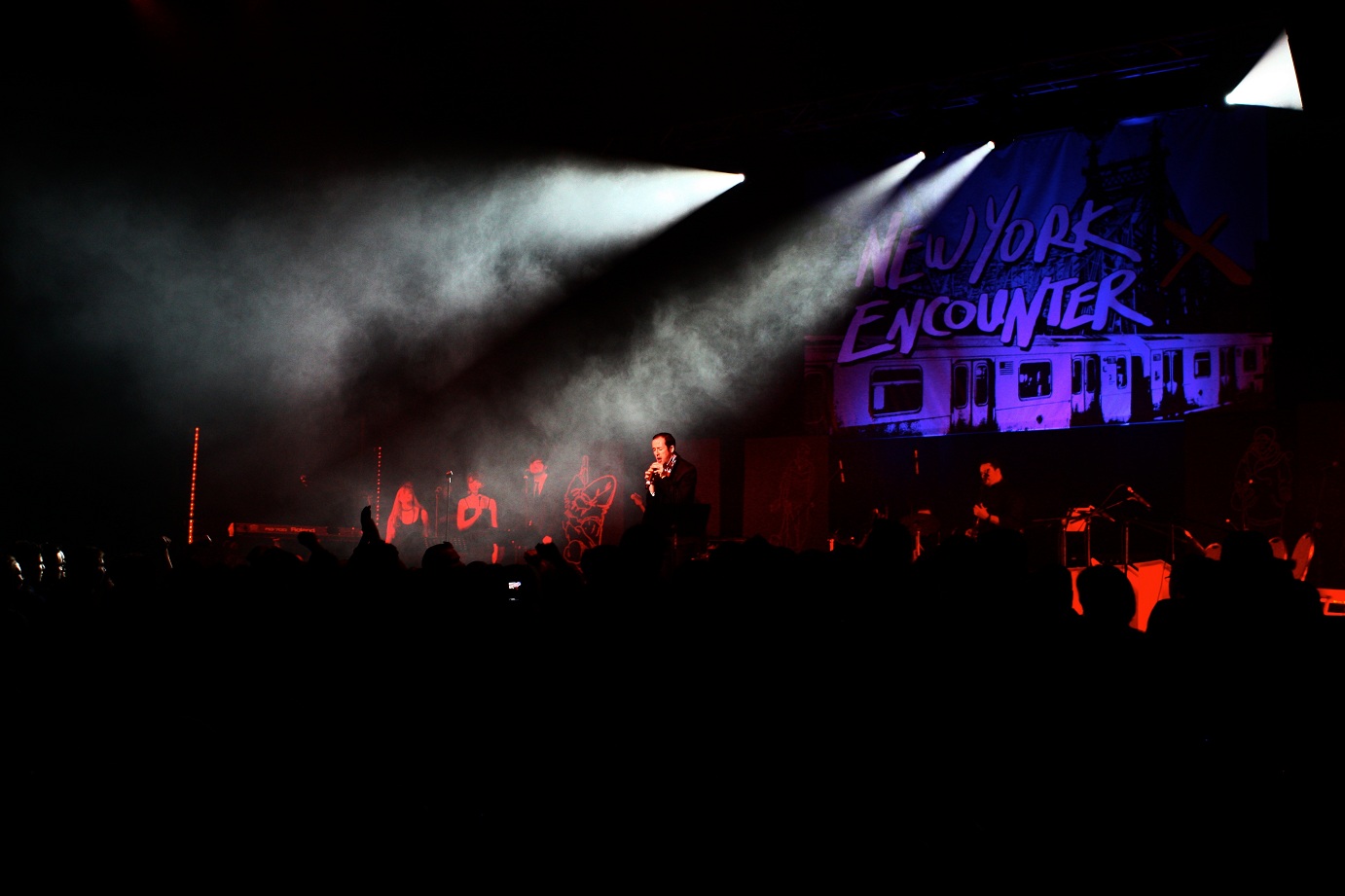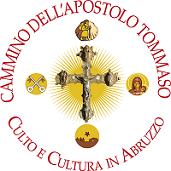
This exhibit documents the persecution and martyrdom of many men, women, and children who, facing a hostile power in Mexico, gave their lives to defend the public presence of the Church in society. Among them was Fr. Miguel Augustin Pro, who was sentenced and executed without a trial in 1927, and proclaimed saint by the Blessed John Paul II in 1988.
'Mexico is a nation marked by a great history and martyrdom, which combines an uncertain and difficult present with a tragic and, in many ways, unknown past. The exhibition consists of 40 panels reproducing the main stages of Mexican history from the twenties and placing these in the same context that resulted in the persecution and martyrdom of the early Christians. It also summarizes the main elements of the country’s previous history and its major aspects, up to the present day, from the visit of Pope John Paul II to the murder of the Archbishop of Guadalajara only a few years ago.
The specific geographic location of the country within the American continent is initially shown. This is followed by the arrival of the Spaniards: not only described as a violent conquest, according to the 'Black Legend', but also as the beginning of evangelization. At the origin in fact of the new identity of this country, determined by the meeting and blending of the native peoples with the Spaniards, lies the event of faith, made visible in the appearance of the Virgin of Guadalupe, 'Patron of Mexico and the Americas'. Thus a civilization was born founded on living Christianity, a faith deep-rooted in the people, soul of the nation and capable of building, to testify to the faith that made possible a new life. But hostility to Christianity began immediately, and in 1910 the revolution broke out.
Following the ongoing violence of the subsequent years, a spontaneous self-defense movement was formed, placing the rights of the people before those of the state. Their only leader was Christ the King and because of this they became known as Cristeros. Women too were active in the movement; a new nation before the execution squads, shouting: 'Viva Cristo Rey!'.
The symbolic figure of martyred Mexico was a Jesuit Father Miguel Augustin Pro, a man with a big and generous heart who lived, suffered and died for a persecuted people. The exhibition summarizes the simple life of Father Pro, from the mines where he grew up until he became a member of the Company of Jesus, to his studies in Europe and his return to blood-drenched Mexico. The work of Father Pro was that of testifying Christ against all attempts on the part of the authorities to cancel all forms of Christian presence in society. Father Pro was sentenced without a trial and shot in November 1927. In 1988, the heroic virtues of the murdered Jesuit were acknowledged and John Paul II proclaimed him a saint of the Church. But Father Pro was not alone: together with him, many other men women and children gave their lives for their friends and for their persecuted Church. Seventy years after the Cristeros and Father Pro, Mexico is again faced with new and more refined systems for thwarting the presence of the Church. But in the 'continent of hope' faith cannot die.'
To read a review of the movie "For Greater Glory" about the Cristeros war, see Catholic Online: "Catholic Bishops Offer High Praise About "For Greater Glory' or go to the official movie website: forgreaterglory.com.
 G. K. Chesterton
G. K. Chesterton



 Share Exhibit
Share Exhibit 











